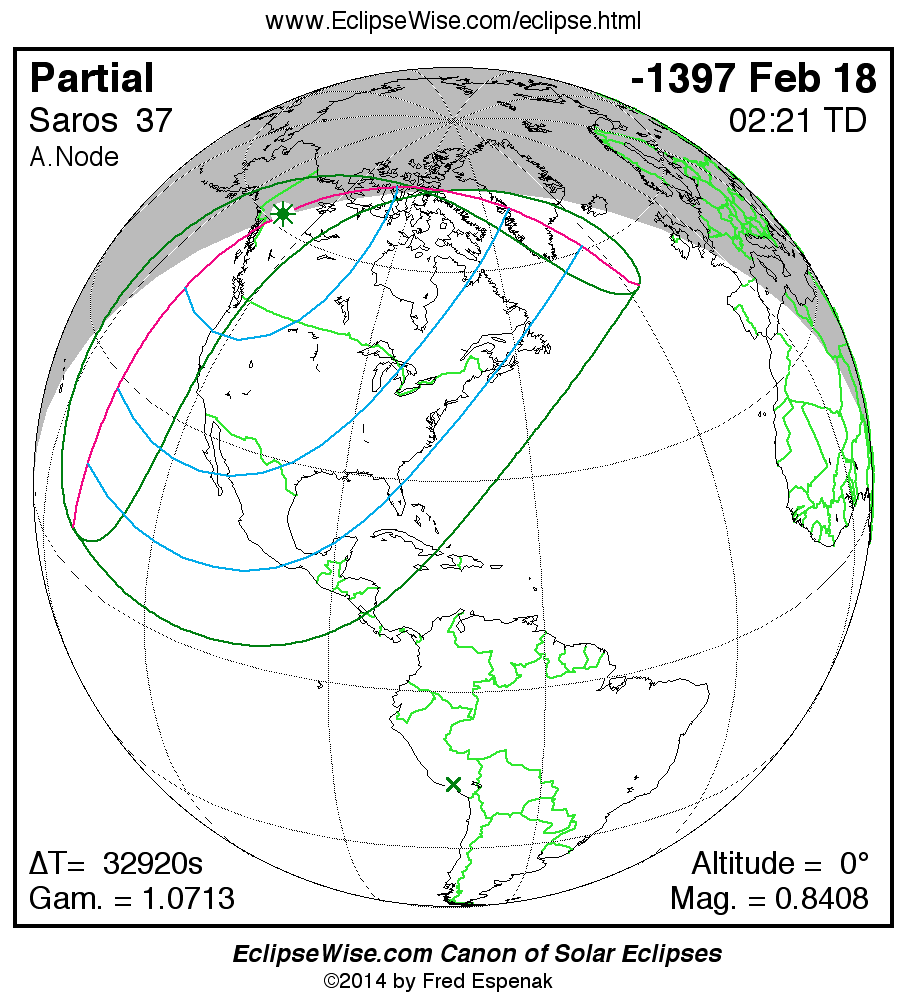The Fascinating World of Solar Eclipses

Introduction to Solar Eclipses
Solar eclipses are spectacular celestial events that capture the imagination of people worldwide. They occur when the Moon passes between the Earth and the Sun, temporarily blocking the Sun’s light. These phenomena not only provide a visual wonder but also offer important opportunities for scientific research. Understanding solar eclipses is relevant today as they can influence both local cultures and global scientific endeavors.
The Upcoming Solar Eclipses in 2023
In 2023, two significant solar eclipses are expected to occur: an annular solar eclipse on October 14 and a total solar eclipse on April 20. The annular eclipse, often referred to as a ‘ring of fire’ eclipse, will provide a unique viewing opportunity as the Moon obscures the centre of the Sun, leaving the outer edges visible. This event will be visible from parts of the United States, Central America, and South America.
The total solar eclipse in April, on the other hand, will offer a more dramatic effect as the Moon will completely block the Sun for a brief period. This eclipse path will primarily cross regions in Australia, Southeast Asia, and parts of Antarctica. The maximum duration of totality will be around 4 minutes and 30 seconds in select locations, providing ideal conditions for both amateur and professional astronomers to observe this incredible event.
Cultural Significance and Scientific Importance
Solar eclipses have held significant cultural importance throughout history. Civilisations have often associated them with various myths and legends, viewing them as omens or signals of change. In contemporary society, however, they have become opportunities for education and public engagement with science. Events surrounding solar eclipses encourage gatherings for viewing parties, lectures, and public outreach aimed at increasing interest in astronomy.
From a scientific standpoint, solar eclipses enable researchers to study the Sun’s corona—a highly tenuous and hot outer layer that is usually obscured by the Sun’s bright light. During a total solar eclipse, the corona becomes visible to observers for a short time, providing valuable data that can enhance our understanding of solar dynamics and their effects on Earth’s environment and space weather.
Conclusion and Looking Ahead
As we anticipate the solar eclipses happening in 2023, it serves as a reminder of the celestial mechanics at play in our universe. For enthusiasts and the scientific community alike, these events not only stimulate curiosity but also deepen our appreciation for the cosmos. With advancements in technology and collaboration among researchers, future eclipses will continue to unveil mysteries while providing a spectacular show for all to witness.
